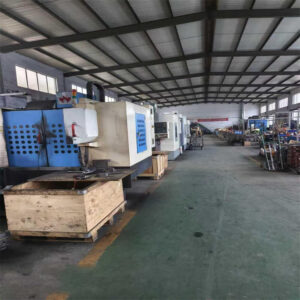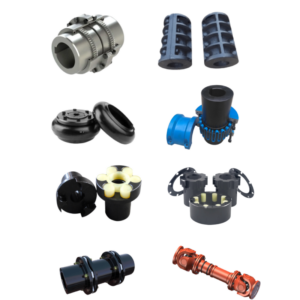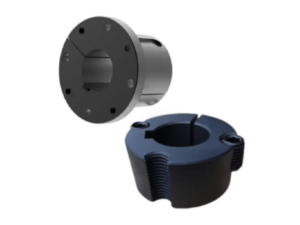Here’s a comparison of American Standard (US) taper bushes (e.g., TB Woods, Lovejoy) and European Standard (EU) taper bushes (e.g., DIN, Fenner, Ringspann) in pulley applications, highlighting key differences in design, installation, and compatibility:
1. Design Standards & Dimensions
- US Taper Bushes
- Compliant with ASME or industry standards (e.g., TB Woods QS series).
- Imperial units (inches); wide shaft size range (e.g., 1/2″ to 6″).
- Taper ratio typically 1:8 or 1:10, optimized for high torque.
- EU Taper Bushes
- Follow DIN standards (e.g., DIN 249, DIN 687) or ISO metrics.
- Metric units (mm); shaft sizes adhere to ISO (e.g., 20–200mm).
- Taper may differ (e.g., 1:12), prioritizing interchangeability.
2. Installation & Locking Mechanism
- US Taper Bushes
- Dual-screw locking (symmetrical screws) or keyed taper bush + keyway.
- Requires alternating screw tightening for even clamping.
- EU Taper Bushes
- Often use single central screw to compress the bush (simpler design).
- Some DIN standards feature keyless designs (e.g., DIN 687).
3. Compatibility with Pulleys
- US Pulleys
- Straight bore pulleys; rely on taper bush for grip.
- Sheave grooves follow ANSI/RMA standards (e.g., A, B, C-section belts).
- EU Pulleys
- May have integrated taper bores (per DIN) or match EU taper bushes.
- Sheave grooves align with ISO/DIN standards (e.g., SPZ, SPA, SPB).
4. Typical Applications
- US Taper Bushes: Heavy industries (mining, oil/gas) with high-load demands.
- EU Taper Bushes: Precision machinery (food processing, packaging) or global projects.
5. Maintenance & Replacement
- US: Imperial sizes may require adaptation in metric-dominated regions.
- EU: Metric-centric design simplifies global spare part sourcing.
Selection Guide
- Match origin standards: US equipment → US taper bushes; EU/export machines → EU bushes.
- Check interchangeability: Verify taper ratio, shaft tolerance, and screw type.
- Load requirements: US dual-screw for heavy loads; EU single-screw for ease of maintenance.
Both standards excel in their respective markets—choose based on existing system compatibility and operational demands.






